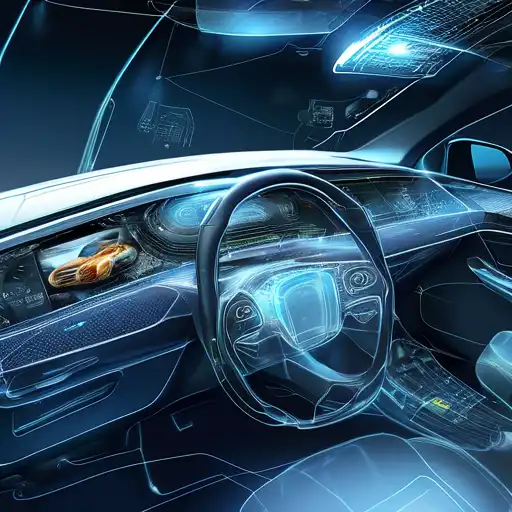Introduction to Embedded Systems in the Automotive Industry
The automotive industry has undergone a significant transformation over the past few decades, largely due to the integration of embedded systems. These sophisticated computing systems are designed to perform dedicated functions within larger mechanical or electrical systems, making them indispensable in modern vehicles. From enhancing safety features to driving innovation, embedded systems are at the heart of the automotive revolution.
Enhancing Safety with Embedded Systems
One of the most critical contributions of embedded systems in the automotive sector is the enhancement of vehicle safety. Advanced Driver-Assistance Systems (ADAS), such as automatic braking, lane-keeping assist, and adaptive cruise control, rely heavily on embedded systems to process real-time data and make split-second decisions that can prevent accidents.
- Automatic Emergency Braking (AEB): Uses sensors to detect imminent collisions and applies brakes if the driver fails to respond in time.
- Lane Departure Warning Systems: Alerts drivers when they unintentionally drift out of their lane, reducing the risk of side collisions.
- Adaptive Cruise Control: Maintains a safe distance from the vehicle ahead, adjusting speed automatically to traffic conditions.
Driving Innovation Forward
Beyond safety, embedded systems are paving the way for groundbreaking innovations in the automotive industry. Electric vehicles (EVs), autonomous cars, and connected vehicle technologies are all made possible through the advanced capabilities of embedded systems.
For instance, embedded systems manage the complex battery management systems in EVs, ensuring optimal performance and longevity. In autonomous vehicles, they process vast amounts of data from cameras, radar, and LIDAR to navigate safely without human intervention.
The Future of Embedded Systems in Automotive
As technology continues to evolve, the role of embedded systems in the automotive industry is set to expand even further. With the advent of 5G technology, vehicles will become more connected, enabling features like real-time traffic updates and remote diagnostics. Moreover, the push towards fully autonomous vehicles will rely on even more sophisticated embedded systems capable of handling complex decision-making processes.
Embedded systems are not just transforming how vehicles operate; they're redefining our very relationship with transportation. By prioritizing safety and fostering innovation, these systems are steering the automotive industry towards a safer, more efficient, and more sustainable future.
Conclusion
The integration of embedded systems into automotive design has marked a new era in vehicle safety and innovation. As these systems become more advanced, we can expect to see even more remarkable developments in the automotive sector. The journey towards fully autonomous and connected vehicles is well underway, with embedded systems leading the charge.
